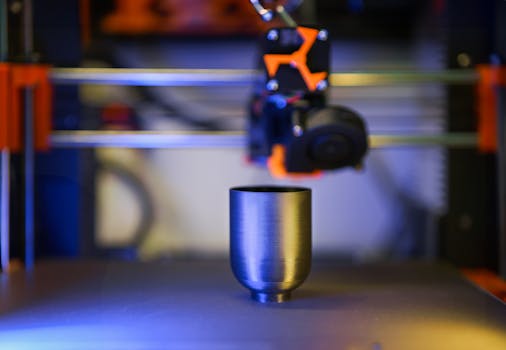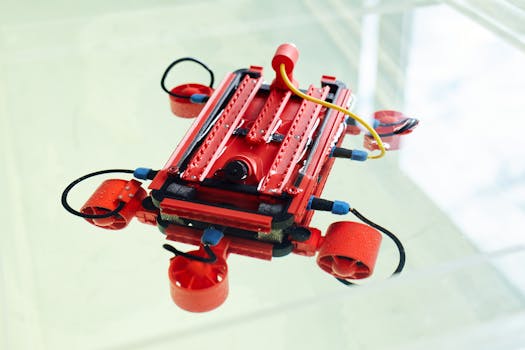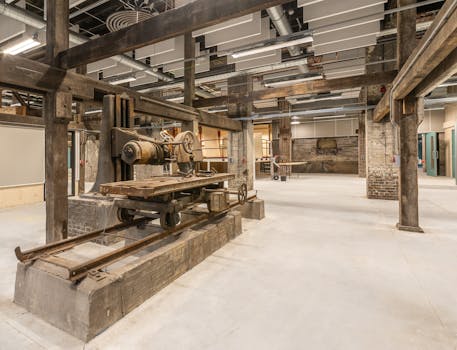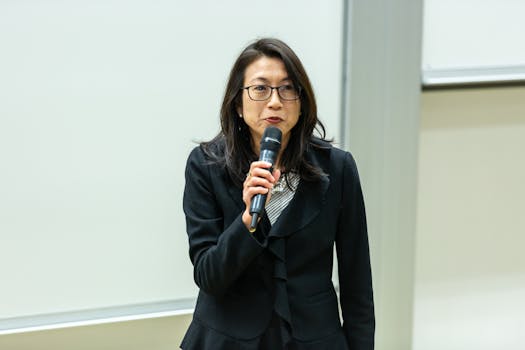
The Evolution of Mechanical Engineering Through the Ages
Takeaways: Mechanical engineering has undergone remarkable transformations from ancient times to the present. This article explores the key milestones in mechanical engineering, highlighting innovations and their impacts on society. Understanding this evolution helps us appreciate the technology we rely on today and provides insights into future advancements.
Introduction
Mechanical engineering, one of the oldest and most diverse engineering disciplines, has been a cornerstone of human advancement. Its evolution reflects humanity’s quest for innovation, efficiency, and problem-solving. From the rudimentary tools of ancient civilizations to today’s advanced robotics and automation, mechanical engineering has continuously adapted to meet the needs of society.
Ancient Mechanical Engineering

In ancient Greece, philosophers like Archimedes made significant contributions to mechanics. Archimedes’ principles laid the groundwork for understanding levers and buoyancy. The invention of the screw pump, attributed to Archimedes, exemplified how mechanics could be harnessed for practical applications, such as irrigation and water management.
Similarly, the Chinese developed various machines, including the seismoscope and the waterwheel, which showcased their innovative spirit. These early machines were fundamental in agriculture and construction, setting the stage for future advancements in mechanical engineering.
The Middle Ages and the Renaissance
The Middle Ages marked a period of stagnation in scientific thought in Europe, but significant mechanical advancements were occurring in the Islamic world and Asia. Scholars like Al-Jazari and Ibn al-Haytham contributed to mechanical engineering by creating sophisticated machines and studying optics, respectively. Al-Jazari’s automata and water-raising devices demonstrated an advanced understanding of mechanics and hydraulics.
The Renaissance ignited a new wave of mechanical innovation in Europe. Visionaries like Leonardo da Vinci began to explore concepts of mechanics through sketches and designs. Da Vinci’s designs for flying machines, armored vehicles, and various mechanical devices illustrated a marriage of art and engineering, inspiring future generations.
During this period, the invention of the printing press by Johannes Gutenberg revolutionized information dissemination, indirectly boosting the field of mechanical engineering by increasing the availability of knowledge and engineering concepts.
The Industrial Revolution

During this time, mechanical engineering split into various branches, including civil, electrical, and chemical engineering. Innovations such as the cotton gin, power loom, and spinning jenny improved productivity and efficiency in textile manufacturing.
The introduction of mechanical tools, such as lathes and milling machines, further advanced manufacturing capabilities. These tools allowed for precision and repeatability in production, which are hallmarks of modern engineering practices.
Modern Mechanical Engineering

The late 20th and early 21st centuries have seen the rise of automation and robotics. Industries are increasingly relying on robotic systems for manufacturing, leading to the concept of Industry 4.0, where the Internet of Things (IoT) and smart technologies converge to create smart factories.
Today, mechanical engineers are at the forefront of developing sustainable technologies, including renewable energy systems, electric vehicles, and advanced materials that contribute to a greener future.
Conclusion






